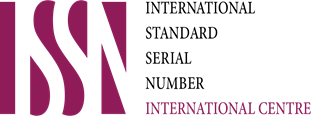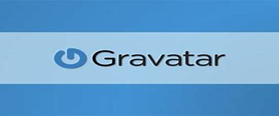علمِ قراءتِ: تاریخی پس منظر، اصولی مباحث اور عملی تطبیقات کا تحقیقی جائزہ
The Science of Qur’anic Qirā’āt: A Comprehensive Analytical Study of Historical Background, Foundational Principles, and Practical Applications
DOI:
https://doi.org/10.63878/aaj591Abstract
The science of Qur’anic Qirā’āt occupies a central position in Islamic scholarship, representing both a preservation of the Qur’an’s oral transmission and an articulation of its diverse recitational traditions. This research undertakes a comprehensive analytical study of the discipline of Qirā’āt by exploring its historical evolution, technical discussions, foundational principles, and practical applications. The study begins with an overview of the difference between Tilāwah and Qirā’ah, providing clarity on the terminological nuances within the field. It further distinguishes between Qirā’ah, Riwayah, and Turuq, highlighting the methodological frameworks developed by early scholars to safeguard the authenticity of transmission. The research also investigates the relationship between Qirā’āt and Tajwīd, underlining how Tajwīd serves as the practical mechanism ensuring correct articulation, while Qirā’ah represents broader modes of recitation. In addition, the work addresses the classification of Qirā’āt, their authoritative status, and the scholarly debates surrounding Shādhdhah (irregular) readings, assessing their impact on jurisprudence and Qur’anic exegesis. Moreover, the conditions of Tawātur (mass transmission) are critically examined as a cornerstone in validating the accepted recitational traditions. The findings reveal that the science of Qirā’āt is not merely theoretical but has significant practical implications for the preservation of Qur’anic authenticity, pedagogy, and spiritual experience. The study concludes with recommendations for integrating modern pedagogical tools, comparative research, and digital resources to enhance contemporary understanding of Qirā’āt. This research contributes to the continuity of an ancient scholarly legacy while addressing the evolving needs of present-day learners and scholars.




































